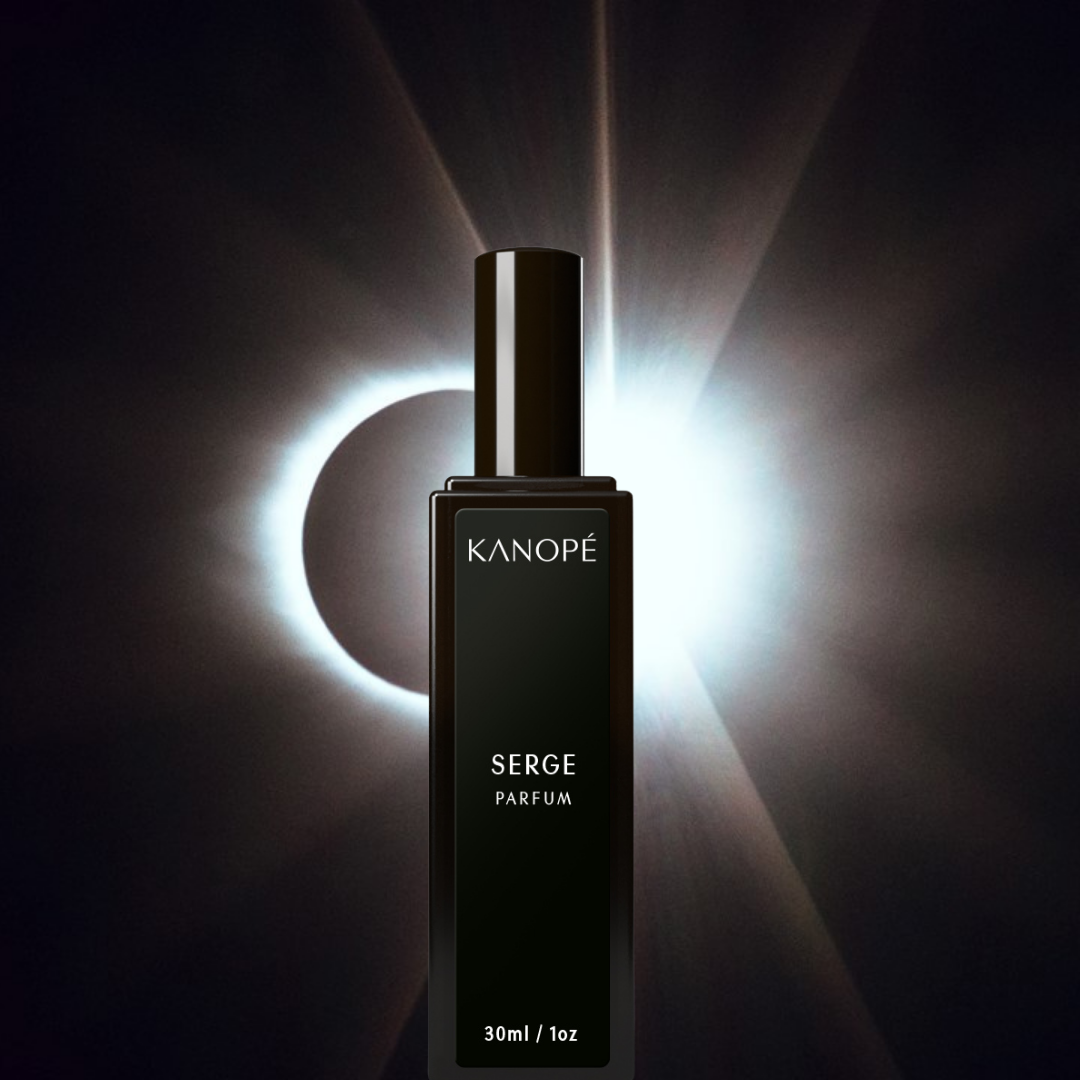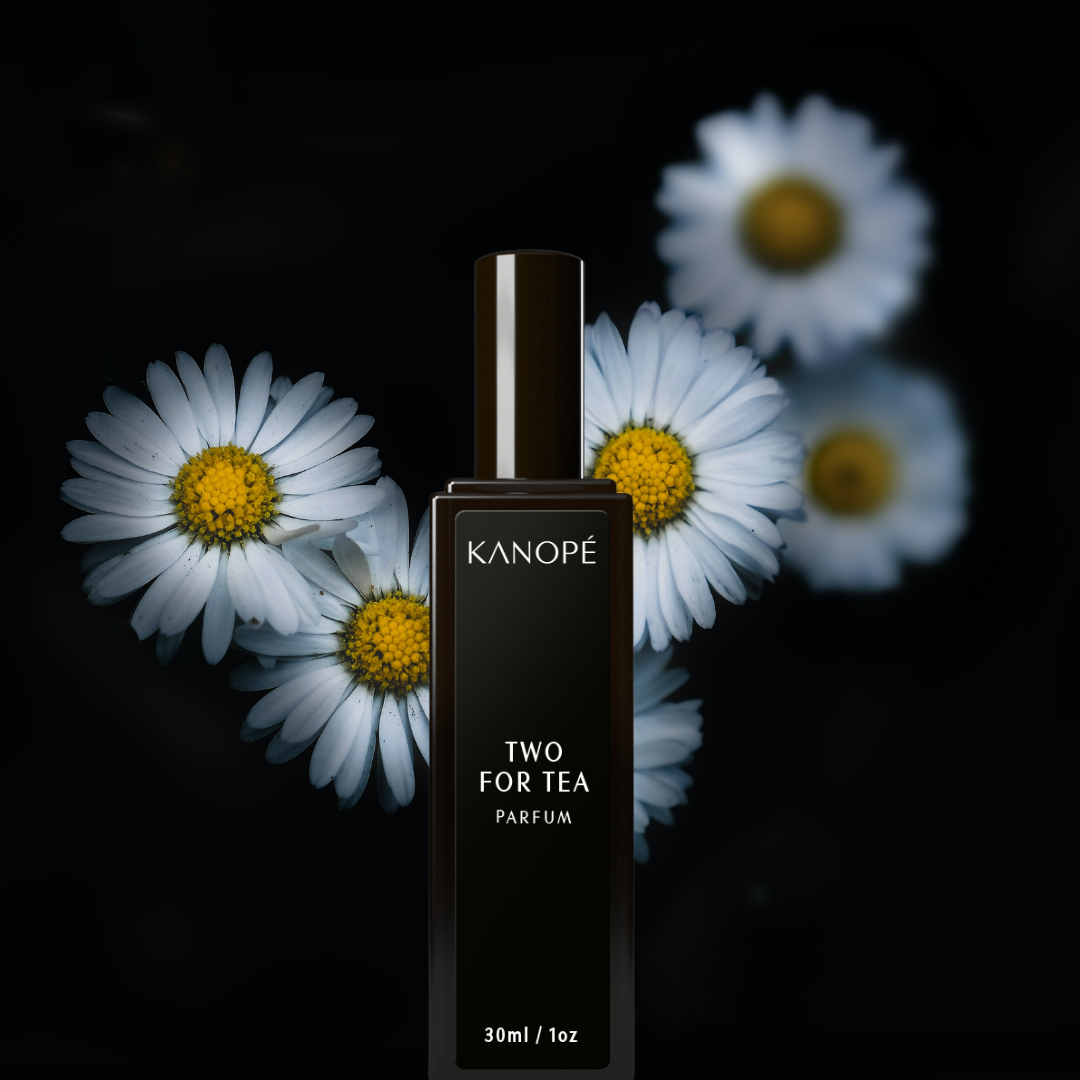Green Notes in Perfume
Imagine crumpling a fresh leaf between your fingers, breathing in the scent of cut grass, or walking through a damp forest floor in the early morning... Green notes are like a breath of fresh air in perfume: a burst of oxygen that awakens the senses and breathes vitality into compositions. In this article, I invite you to dive into this surprising and poetic universe, at the heart of nature and its green landscapes.
The emergence of green notes in perfumery
It was after World War II that this facet first made its grand entrance with Balmain's Vent Vert in 1947. Created by Germaine Cellier, this fragrance is based on an overdose of galbanum, making it the pioneer of the green fragrance family. A scent that was unprecedented at the time, it paved the way for other avant-garde creations.
Who was Germaine Cellier?
Germaine Cellier (1909-1976) was one of the first women to make her mark in a field dominated by men. A chemist by training, she stood out for her boldness and uncompromising approach. Her creations were powerful and direct, marked by an overdose of ingredients that gave them a unique signature. Among her major works were Vent Vert (Balmain, 1947) and Fracas (Piguet, 1948), two perfumes that became benchmarks. Her visionary style and creative freedom left a profound mark on the history of perfumery
Their role in a fragrance
Green notes bring freshness, vitality, and personality to a composition. Often used as top notes (see the article on the olfactory pyramid) they immediately immerse us in the heart of nature. But they require a certain amount of skill to use: in too small a quantity, they quickly disappear, while in excess they take over and dominate the other accords. When well balanced, they reveal all their subtlety, bringing out the floral or fruity notes, and when combined with woods or chypres, they add depth and complexity
Focus on a few plant stars
Galbanum:
An aromatic resin derived from Ferula (Iran, Afghanistan). Its scent is bitter, balsamic, earthy, and green: a concentrated essence of nature in its raw state. It is found in Vent Vert (Balmain, 1947), Chanel N°19 (1970), and Vol de Nuit (Guerlain). In aromatherapy, it is also used for its anti-infectious and analgesic properties.
Tomato leaf:
One of my favorite scents, reminiscent of the vegetable gardens of my childhood. Crisp, lively, and herbaceous, it instantly evokes the freshness of sun-drenched gardens. It pairs beautifully with citrus fruits, which enhance its vegetal brightness. A fine example is Eau de Campagne (Sisley), one of the first fragrances to highlight this note, combining it with basil to immerse us in a garden in the early morning
Green tea:
Subtle and soothing, it brings a gentle, almost aquatic freshness. In a composition, it creates an atmosphere of serenity and balance.
Violet leaf:
Often confused with the flower, it is distinguished by its greener, powdery, and slightly earthy character. It is the only part of the plant that can be used naturally: the violet flower is a part of the “silent flowers” (see the dedicated article). It enriches compositions with elegance and depth.
In conclusion
We love these notes so much because they stimulate our sensory memory and awaken memories of landscapes and gardens where we feel at ease. Their presence in a fragrance acts as an instinctive connection with nature, an immediate return to what soothes and invigorates us.
But green notes are not just simple plant accents: they embody freedom, audacity, and timeless elegance. From intense galbanum to powdery violet leaf, they offer an infinite palette of fresh nuances that breathe life into compositions.
Whether you're looking for a tangy freshness or a herbaceous sweetness, these notes always bring that little “zest for life” that makes a fragrance vibrate. So, are you ready to explore this amazing olfactory family? Come and discover it at one of my natural perfume creation workshops in Montreal.














Leave a comment